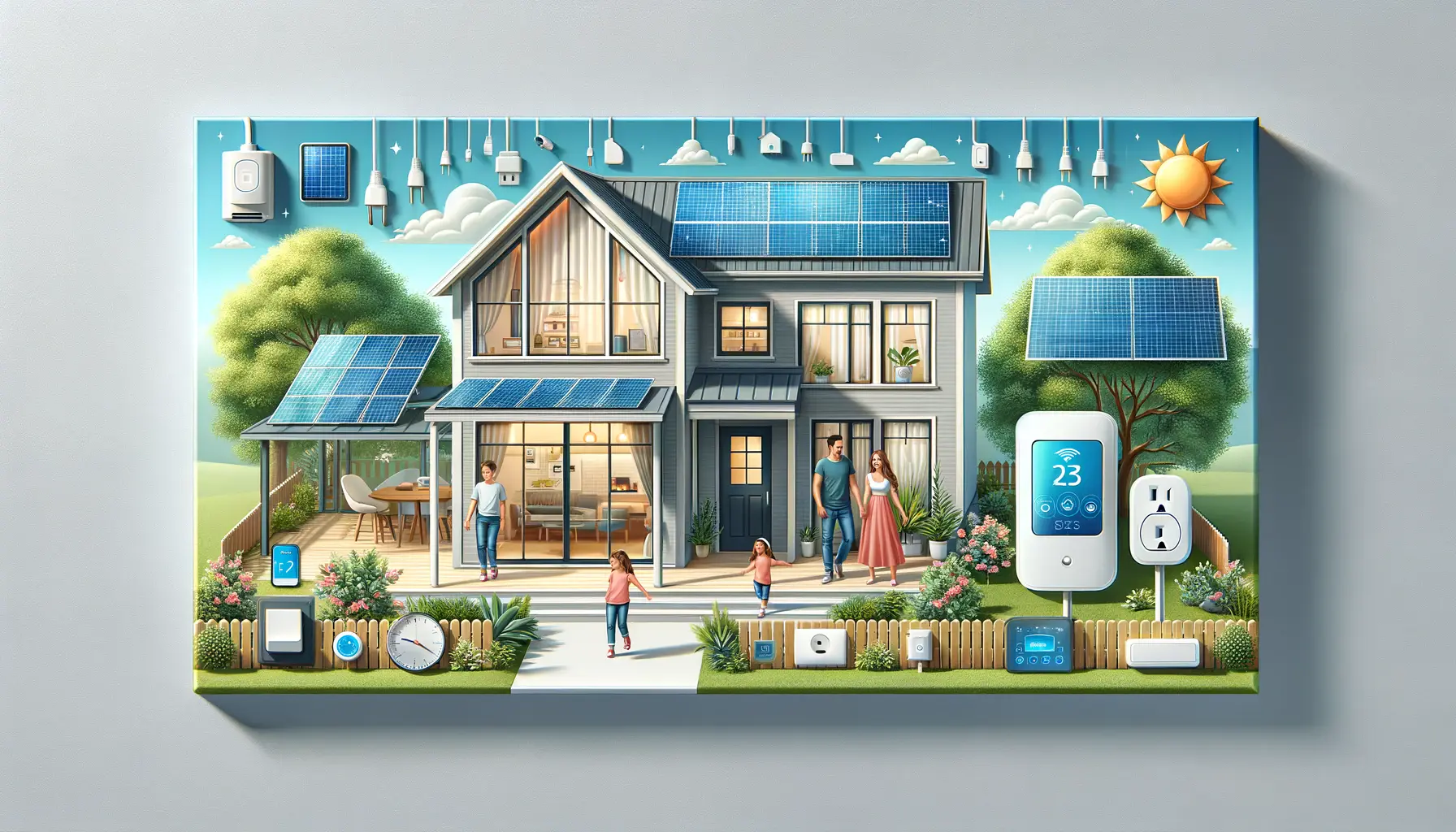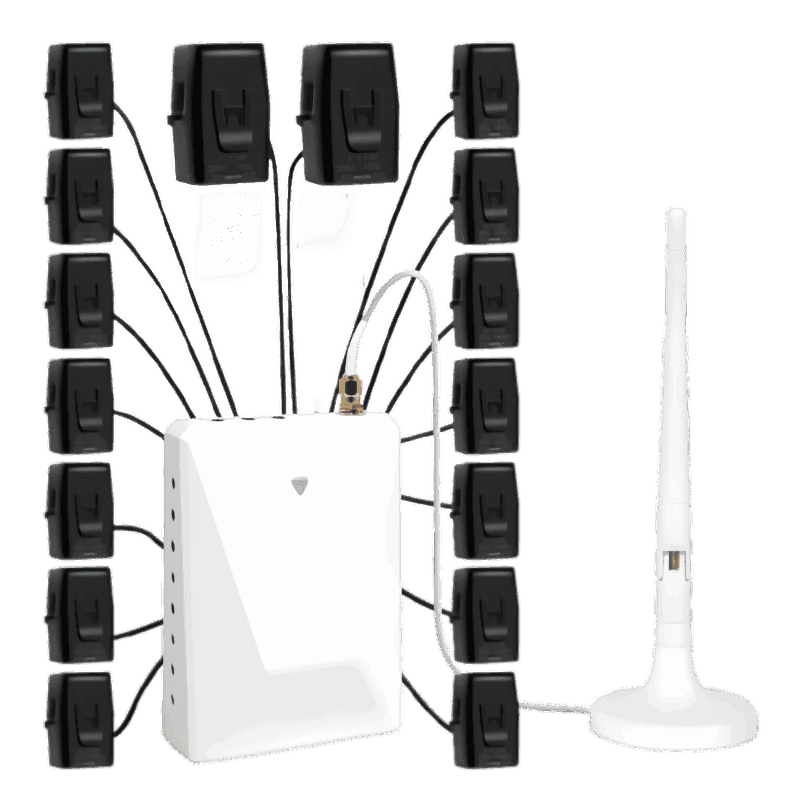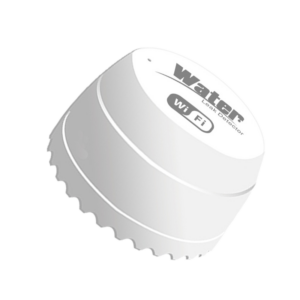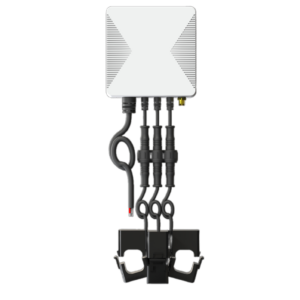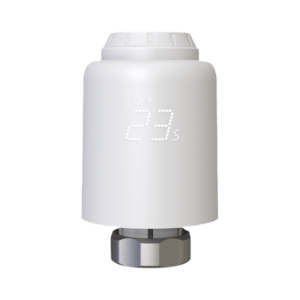As summer approaches, household energy consumption typically rises. Air conditioners run longer, refrigerators work harder, and fans operate almost continuously, all leading to higher energy bills. However, you can significantly reduce these expenses with simple measures and a bit of strategic planning.
I. Conventional Ways to Reduce Energy Waste
Reducing energy waste is often about making the most of natural resources and enhancing the efficiency of your home’s insulation and appliances.
1. Utilize Natural Ventilation and Shade
Natural Ventilation
- Best Times to Ventilate: Open windows during the early morning and late evening when temperatures are cooler. This allows fresh, cool air to circulate through your home without relying on air conditioning.
- Cross Ventilation: Use cross ventilation by opening windows on opposite sides of the house. This creates a natural breeze, which can cool your home more effectively.
Shading Measures
- Install Awnings or Shading Devices: Awnings, external shades, or blinds can block direct sunlight from entering your windows, significantly reducing indoor temperatures.
- Plant Shade Trees: Trees and shrubs planted strategically around your home can provide natural shade, reducing heat absorption through walls and windows.
2. Improve Home Insulation and Reduce Household Energy Costs
Window Insulation
- Insulating Curtains or Blinds: Heavy, insulated curtains or blinds can prevent heat from entering your home through the windows.
- Window Film or Insulating Glass: Applying reflective window film or using double-glazed windows can help keep the heat out while maintaining clear views.
Roof and Wall Insulation
- Add Insulation Materials: Materials like fiberglass, foam, or cellulose can be added to your roof and walls to prevent heat from penetrating your home.
- Reflective Coatings: Applying reflective paint or coatings to your roof can help reflect more sunlight, reducing the amount of heat absorbed.
3. Use Energy-Efficient Appliances
Choose High-Efficiency Appliances
- Importance of Energy Labels: Look for appliances with high energy efficiency ratings. Labels like Energy Star can guide you in selecting air conditioners, refrigerators, and other appliances that consume less power.
- Invest in Efficient Models: Though they might be more expensive upfront, high-efficiency appliances can save you money in the long run by reducing your energy bills.
Use Appliances Wisely
- Turn Off Standby Devices: Many devices consume power even when not in active use. Unplug or switch off devices like TVs, microwaves, and computers when not in use.
- Avoid Peak Times: Run high-power appliances like washing machines and dishwashers during off-peak hours to reduce strain on the power grid and lower your electricity rates.
II. Effective and Convenient Methods: Optimize Air Conditioning Usage
Air conditioning is essential during the sweltering summer months, but it is also one of the biggest energy consumers in a household. Optimizing its usage can not only reduce your energy bills but also extend the lifespan of your AC unit. Here are some detailed strategies to help you make the most of your air conditioning system.
1. Set the Right Temperature
- Recommended Temperature Range: Set your thermostat to a comfortable yet efficient temperature, typically around 24-26°C (75-78°F). This range ensures comfort without excessive energy use.
- Avoid Frequent Adjustments: Constantly changing the thermostat settings can lead to higher energy consumption. Find a comfortable setting and keep it steady.
2. Regular Maintenance
- Clean Filters Regularly: Dirty filters can block airflow and reduce efficiency. Clean or replace your air conditioner's filters every month or as recommended.
- Check Condensers and Evaporators: Ensure these components are clean and free from debris to maintain optimal performance.
3. Use Smart Thermostats
Smart thermostats are a modern solution that can significantly enhance the efficiency of your air conditioning system.
- Automatic Temperature Control: Smart thermostats learn your schedule and adjust the temperature based on when you’re home or away. For example, they can automatically raise the temperature when you leave for work and cool the house down before you return. This ensures that your AC runs only when necessary, reducing wasted energy.
- Remote Control: Many smart thermostats can be controlled via smartphone apps, allowing you to adjust settings from anywhere. If you forget to adjust the thermostat before leaving the house, you can do it remotely, preventing unnecessary cooling while you’re away.
- Energy Usage Reports: These devices provide detailed reports on your energy usage, helping you understand patterns and identify opportunities for further savings. By monitoring these reports, you can make informed decisions on how to adjust your cooling settings for maximum efficiency.
- Integration with Other Smart Home Devices: Smart thermostats can be integrated with other smart home devices, such as smart blinds or fans, to create an automated system that optimizes cooling. For instance, smart blinds can close automatically during the hottest parts of the day to block out sunlight, reducing the load on your air conditioner.
4. Strategic Use of Fans
Fans can be a great supplement to your air conditioning system.
- Ceiling Fans: Ceiling fans help circulate cool air throughout the room, making it feel cooler than it actually is. By using ceiling fans, you can raise your thermostat setting by about 4°F without reducing comfort. Remember to turn off the fans when you leave the room as they cool people, not spaces.
- Portable Fans: Place portable fans in strategic locations to enhance airflow and distribute cool air more evenly. This can help reduce hot spots in your home and make your air conditioning system more effective.
5. Shade Your AC Unit
Providing shade for your air conditioning unit can improve its efficiency.
- Outdoor Units: If your air conditioner’s condenser unit is exposed to direct sunlight, it has to work harder to cool your home. Planting trees or shrubs around the unit can provide natural shade and improve airflow. However, ensure there is sufficient space around the unit to allow for proper ventilation.
- Indoor Units: Ensure that the indoor unit is not exposed to heat sources such as direct sunlight, lamps, or appliances. Keeping the area around the indoor unit cool helps maintain its efficiency.
By following these detailed strategies, you can optimize your air conditioning usage, leading to significant energy savings and a more comfortable home during the hot summer months.
III. Advanced Methods: Application of Smart Home Systems
For those looking to take energy efficiency to the next level, integrating smart home systems can provide substantial benefits. Smart home technology allows for advanced control and monitoring of your household energy consumption, leading to significant savings and a more comfortable living environment. Here are some advanced methods to optimize your home's energy usage using smart home systems.
1. Smart Energy Management
Smart energy management systems provide real-time data on your energy usage, enabling you to identify and address inefficiencies promptly.
- Real-Time Monitoring: These systems offer detailed insights into your home's energy consumption. By monitoring which appliances use the most energy, you can make informed decisions about where to cut back or upgrade to more efficient models. For example, if you notice that your old refrigerator consumes a disproportionate amount of energy, it might be time to invest in a new, energy-efficient model.
- Automated Adjustments: Smart energy management systems can automate energy-saving adjustments based on your usage patterns. For instance, they can turn off lights in unoccupied rooms, adjust the thermostat when no one is home, and even manage the charging of electric vehicles to off-peak hours. These automated adjustments ensure that energy is used efficiently without requiring constant manual intervention.
2. Use of Smart Home Devices
Smart home devices can work together to create a seamless, energy-efficient environment. Here are some examples of how these devices can be used:
- Smart Plugs and Switches: Smart plugs and switches allow you to control the power supply to appliances remotely. For example, you can set a schedule for your coffee maker to turn on only when needed or ensure that all non-essential devices are turned off when you go to bed. These devices can also monitor energy usage, providing insights into which appliances consume the most power.
- Smart Lighting Systems: Smart lighting systems, like Philips Hue, allow you to control your home's lighting remotely. You can set lights to turn off automatically when a room is empty or dim them to save energy. Additionally, these systems can adjust the lighting based on natural light levels, reducing the need for artificial lighting during the day.
- Automated Scenes: With automated scenes, you can create custom settings for different times of the day or activities. For instance, an "Away" scene can turn off all lights, adjust the thermostat to an energy-saving setting, and ensure all unnecessary devices are off when you leave the house. A "Goodnight" scene can gradually dim the lights and lower the thermostat as you prepare for bed.
3. Integration with Voice Assistants
Voice assistants like Amazon Alexa, Google Assistant, and Apple Siri can enhance the functionality of your smart home system.
- Voice Control: With voice control, you can easily manage your home's energy usage. For example, you can ask your voice assistant to adjust the thermostat, turn off the lights, or check the status of various appliances without getting up from your seat.
- Routine Automation: Voice assistants can help automate daily routines. For instance, you can set a morning routine that gradually turns up the lights, adjusts the thermostat to a comfortable temperature, and starts your coffee maker. This not only adds convenience but also ensures that energy is used efficiently.
4. Smart Thermostats and HVAC Systems
Smart thermostats and HVAC systems are at the forefront of home energy management.
- Adaptive Learning: Smart thermostats like Nest, Ecobee or Grus Devices learn your schedule and preferences, automatically adjusting the temperature for maximum comfort and efficiency. They can also detect when you're away and adjust settings accordingly to save energy.
- Remote Access and Control: These systems can be controlled remotely via smartphone apps, allowing you to adjust the temperature even when you're not home. This ensures that you never waste energy cooling or heating an empty house.
- Energy Usage Reports: Smart thermostats provide detailed energy usage reports, helping you understand your consumption patterns and identify further opportunities for savings.
By integrating these smart home systems and devices, you can create an energy-efficient home that not only reduces your energy bills but also enhances your comfort and convenience. The initial investment in smart technology can lead to substantial long-term savings and a more sustainable lifestyle.
Conclusion
Implementing these energy-saving measures can lead to significant reductions in your household energy costs, especially during the high-consumption summer months. From simple actions like utilizing natural ventilation and shade to more advanced strategies like optimizing air conditioning usage and integrating smart home systems, these steps will help create a more energy-efficient and comfortable home.
Appendix
Common Energy-Saving Misconceptions
- Myth: Turning off the AC when you leave saves more energy.
- Fact: It’s more efficient to set your thermostat higher when you’re away rather than turning it off completely, which can cause your system to work harder when you return.
- Myth: Ceiling fans cool rooms.
- Fact: Ceiling fans cool people, not rooms. Turn them off when you leave a room.
Recommended Energy-Saving Equipment and Materials
- Energy Star Appliances: Look for refrigerators, air conditioners, and washing machines with the Energy Star label.
- Insulation Materials: Fiberglass, foam, and reflective coatings.
- Smart Home Devices: Nest or Ecobee smart thermostats, TP-Link smart plugs, and Philips Hue smart lighting systems.
References and Resources
- Energy Star: Energy Star Appliances
- U.S. Department of Energy: Energy Saver Guide
- Smart Home Systems: Nest Thermostats, TP-Link Smart Plugs
- Further Reading: "The Homeowner's Guide to Renewable Energy" by Dan Chiras, "The Carbon Buster's Home Energy Handbook" by Godo Stoyke
Energy Saving Example Table
| Measure | Potential Savings |
|---|---|
| Natural Ventilation & Shade | 10-15% on cooling |
| Improved Insulation | 15-25% on heating/cooling |
| Energy-Efficient Appliances | Up to 30% overall |
| Optimized AC Usage | 5-10% on cooling |
| Smart Home Systems | Up to 20% overall |
By adopting a mix of these strategies, you can not only cut down on your energy bills but also contribute to a more sustainable and environmentally friendly lifestyle. Enjoy a cooler, more efficient summer!
